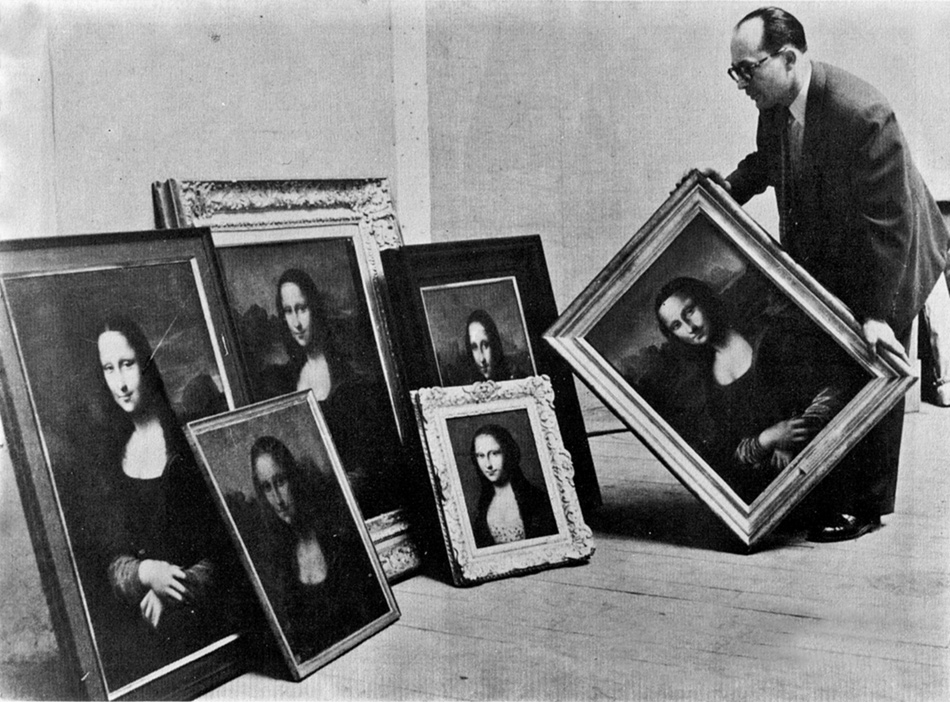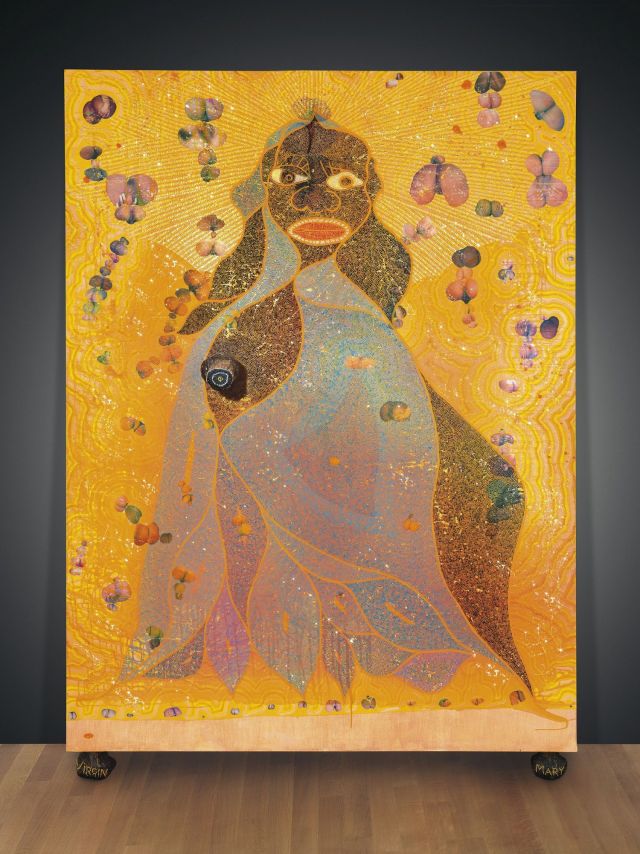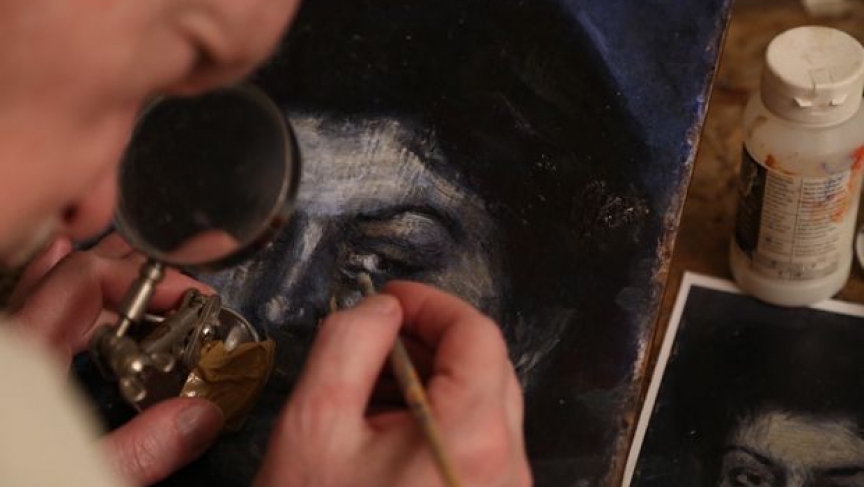
Jackson Pollock is one of the most celebrated and influential American artists of the 20th century, known for his unique style of abstract expressionism. However, in recent years, the authenticity of his works has been called into question, with some experts alleging that many of the artist’s works are forgeries. The ongoing controversy has raised important questions about the role of authentication in the art world, and the potential consequences of buying and selling works of art without proper verification.
The controversy began in the late 1990s when a group of experts, led by forensic scientist and art historian Nicholas Eastaugh, started to examine the authenticity of Pollock’s paintings. Eastaugh and his team used a variety of scientific methods, including infrared reflectography, X-ray fluorescence, and pigment analysis, to examine the paintings in detail. They found that many of the paintings attributed to Pollock did not match his known style or materials, and that some of the pigments used in the paintings did not exist during his lifetime.
These findings have been controversial, with some experts questioning the validity of the scientific methods used by Eastaugh and his team. However, other experts, including Pollock scholars and art historians, have supported the findings, arguing that they provide strong evidence that many of the paintings attributed to Pollock are in fact forgeries.
The controversy has had a significant impact on the art market, where works by Pollock can sell for millions of dollars. Some collectors and galleries have been hesitant to buy or sell Pollock’s works until their authenticity can be verified, while others have continued to trade in the paintings despite the doubts surrounding their legitimacy. This has led to a number of high-profile lawsuits, with some collectors and galleries accusing each other of selling or buying forgeries.
The ongoing controversy over the authenticity of Pollock’s paintings raises important questions about the role of authentication in the art world. While scientific methods can provide valuable evidence about the materials and techniques used in a painting, they cannot definitively prove who created the work. This has led to a debate about the value of provenance, or the history of ownership and authenticity of a work of art, as a means of verifying its authenticity.
Despite the controversy, Jackson Pollock remains one of the most influential and celebrated artists of the 20th century, and his works continue to inspire and captivate audiences around the world.








The realm of “art authenticity” has always been one that intrigues me, but often leaves me a bit puzzled. My mind just cannot grasp how these scientists can analyze art in this way, and establish whether it is an authentic piece or not. I do think it can have some negative impacts if it is still something that is debated, as you discussed, with Pollock’s art not being as desired due to the fear of having a forgery. What if one of these analyses are wrong, and that painting sits unbought? I do think though that once I were to learn the intricacies of it, those doubts would go away – but I imagine many in the art world feel the same way, which is why some probably still distribute and trade it despite not knowing 100% if it is Pollock’s work.
A cool fact about Pollock is that he was a chronic chain smoker, and while he painted he often had a lit cigarette in his mouth. Because of this some of his paintings actually contained fragments of his cigarette ash. Obviously not ALL of his painting had ash inside them but for the ones that did, it would be a funny way of authenticating them.
I have read quite a bit on Jackson Pollock, and he picked up this technique/ style when he attended a artists’ work shop in NY/Boston hosted by Mexican avant garde painters who were choosing to use things other than brushes to make art in an act of rebellion against the traditional way of art making (which largely dominated the field). This article definitely raises concerns about the authenticity of uniqueness of his work. But tracking the history of his art making carrer backwards, he was really just inspired by this new breath of air from Mexico along with many of the other young artists who joined that workshop. He revolutionized the approach to art nonetheless, and whether these works are fake does not matter in the long term. the influence has been made.
I find the scientific methods employed here to be very interesting and I would like to know more about the types of methods used to test the authenticity of a painting. Similarly, I wonder what advantages and disadvantages exist with these methods.
The authenticity controversy surrounding Jackson Pollock’s works has sparked a fascinating debate about the role of authentication in the art world. The scientific methods employed by Nicholas Eastaugh and his team have raised doubts about the legitimacy of many paintings attributed to Pollock, prompting cautiousness among collectors and galleries. The ongoing discussions highlight the importance of provenance and the need for a comprehensive approach to verifying the authenticity of artworks, especially those with significant market value.